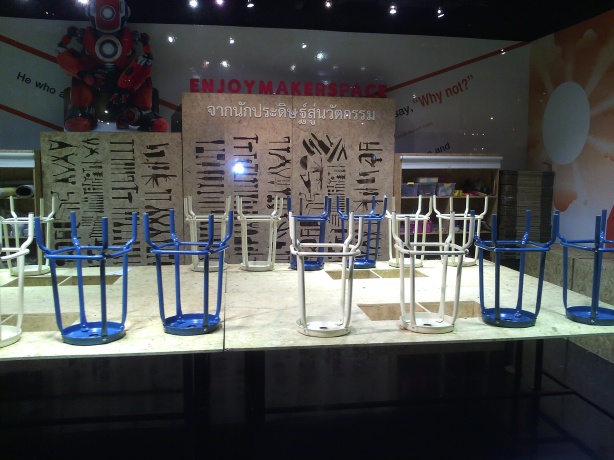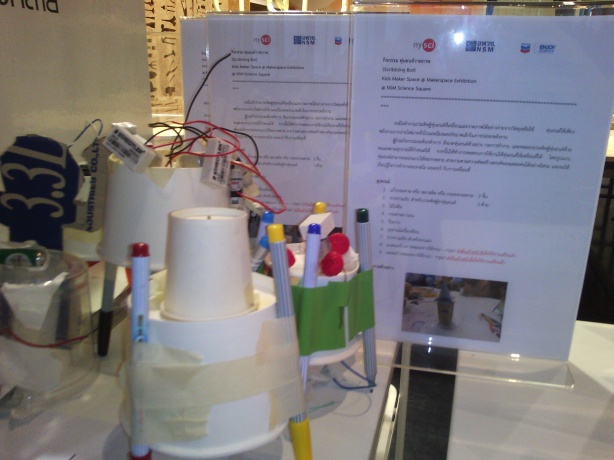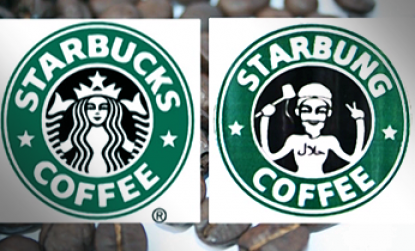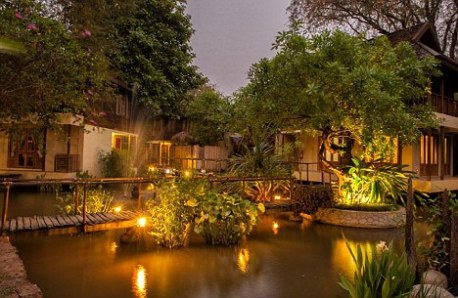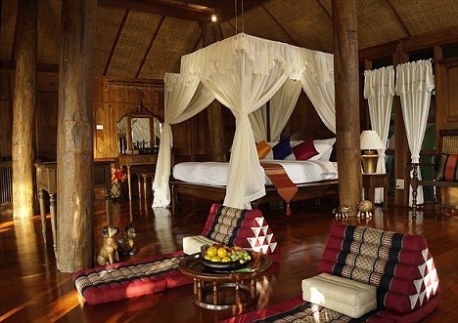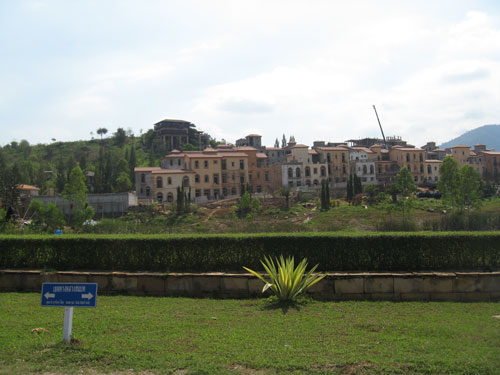The Thai government has implemented a visa extension for tourists coming from some countries for medical treatment. The countries are Cambodia, Laos, Vietnam and Myanmar (CLMV) plus China. Medical tourists from those countries will be able to stay for 90 days without applying for an extension rather than 30 days as was the previous case.
Bangkok Post has a story that mentions the Thai government’s efforts to capitalize on the global wellness trend. Part of that effort is something they are calling Amazing Thailand Health and Wellness Showcase 2017. They put together a website to promote it with the ridiculous url http://www.amazingthailandhealthandwellnessshowcase.com/. The event was held on 11 August 2017. I missed it since I was out of the country at the time. Here is the list of categories being represented by various healthcare givers at the event:
- General Hospital
- Plastic Surgery Hospital
- Regenerative & Functional Medicine Hospital
- Anti-Aging Clinic
- Cosmetic & Aesthetic Clinic
- Dental Clinic
- Cell Therapy Clinic
- Lab Check Up
- Medical Spa
- Senior Nursing Care Center
I think it would have been interesting to see what some of the more unusual treatments being offered are all about.
I recognized one of the so-called anti-aging clinics, Panacee, because they have a branch at the My Ozone resort in the Khao Yai area not far from where I live. It’s a big nice resort in the rolling hills near Khao Yai National Park. I took a look at the web page (ridiculous url here http://www.amazingthailandhealthandwellnessshowcase.com/providers/panacee-medical-center/) and noticed a couple of things. They mention the resort is located in a “…magnificent 475 acre valley of natural ozone source.” In the next paragraph they mention another branch that is located in Germany. They say “Panacee medical center, Grand Rommerbad is situated in the ozone rich area of the Black Forest.” Apparently this medical group does not know that “Ozone in the air we breathe can harm our health”. That’s the first sentence on the US government EPA website on the page about health effects of ozone. Ozone is a pollutant, and “Even relatively low levels of ozone can cause health effects.” Does that give anyone else pause about trusting these people with your health?





